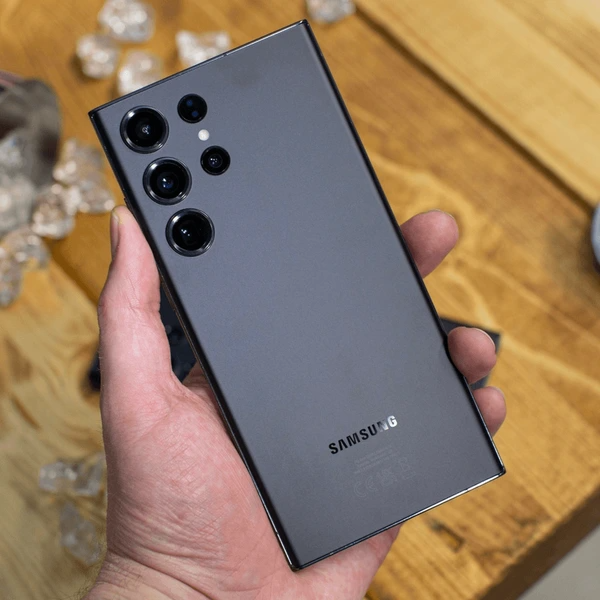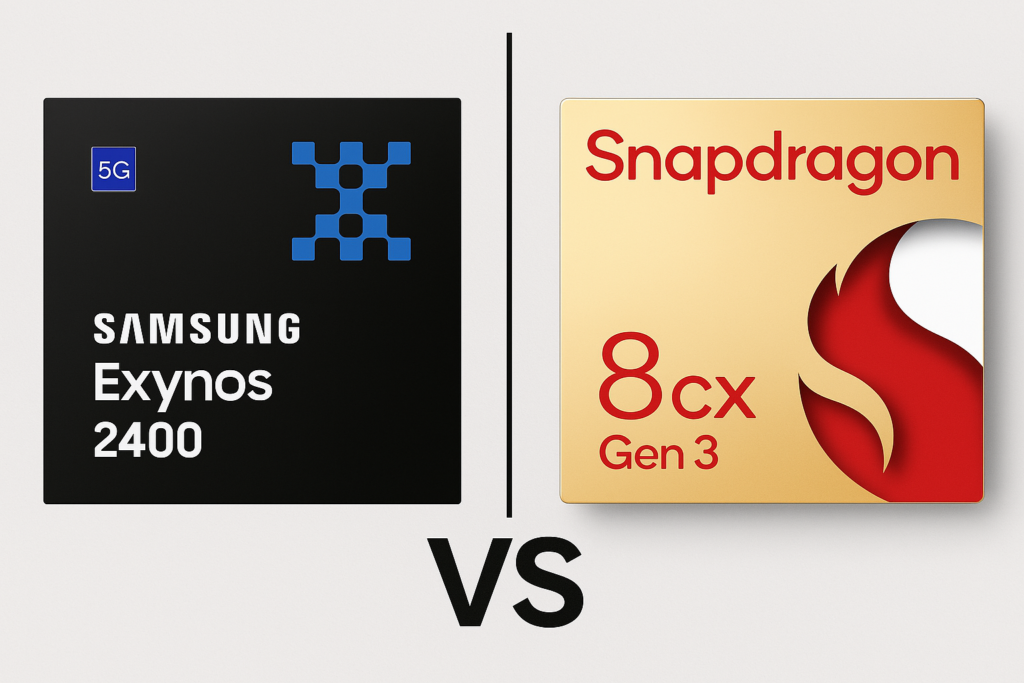
The mobile chipset battle continues with Samsung’s Exynos 2400 and Qualcomm’s Snapdragon 8 Gen 3, both powering flagship smartphones like the Galaxy S24 series. While Snapdragon chips have historically led in performance, Samsung’s new Exynos platform brings substantial upgrades. But how do they really compare in benchmarks, gaming, battery life, and thermal performance? This article dives into a head-to-head comparison between the Exynos 2400 vs. 8 Gen 3 to determine which processor performs better in real-world use.
CPU Performance: Who’s Faster?
Comparing the Exynos 2400 and Snapdragon 8 Gen 3 and not sure which specs truly matter? Eureka Technical Q&A connects you with chip design and mobile hardware experts who can break down performance benchmarks, architecture differences, and real-world impact—so you can make informed, tech-savvy decisions.
In terms of raw CPU output, both chipsets feature high-performance ARM cores, but Qualcomm holds a clear edge.
- Geekbench 6 Single-Core: Snapdragon 8 Gen 3 scores around 2,193, while Exynos 2400 follows closely at 2,176.
- Geekbench 6 Multi-Core: Snapdragon leads with 7,304, ahead of Exynos at 6,909.
While the single-core difference is minimal, Snapdragon’s superior multi-core performance provides better responsiveness in multitasking and power-intensive apps.

GPU and Gaming Performance
Graphics power is where Snapdragon continues to shine.
- Snapdragon 8 Gen 3 uses the Adreno 750 GPU, delivering smoother frame rates and higher scores in gaming benchmarks.
- Exynos 2400 is equipped with the Xclipse 940 GPU (co-developed with AMD), and although it shows improvement over past Exynos generations, it still lags behind in most gaming scenarios.
However, in certain tests like GravityMark, the Exynos GPU has outperformed the Snapdragon, hinting at potential in specific workloads.
Battery Life and Power Efficiency
Battery efficiency shows a different story.
- The Exynos 2400 has demonstrated longer endurance in daily use, including video playback and web browsing.
- Snapdragon 8 Gen 3 consumes more power under sustained loads, which can impact battery longevity over time.
If you prioritize all-day battery life with lighter throttling under extended use, the Exynos 2400 may hold the advantage.
Thermal Throttling and Heat Management
Thermal performance is critical during extended gaming or 4K video capture.
- Snapdragon 8 Gen 3 can throttle significantly under stress, reducing performance to manage heat.
- The Exynos 2400 maintains more consistent performance during long tasks, though it tends to run slightly warmer by about 2°C.
Both chipsets manage heat effectively, but Exynos offers more stable output in long sessions.
Real-World Performance and User Experience
In everyday use—opening apps, multitasking, media editing—both chipsets feel fast. However:
- Snapdragon has a slight lead in gaming and intensive multitasking.
- Exynos provides a smoother experience in sustained usage with better thermal and battery balance.
Device optimization, cooling systems, and software tuning (like One UI) also play a major role in how these chipsets perform in Samsung’s Galaxy devices.
Comparison Table: Exynos 2400 vs. Snapdragon 8 Gen 3

Performance Benchmarks
- Single-Core and Multi-Core Performance: Early benchmarks suggest that the Exynos 2400 is closing the gap with the Snapdragon 8 Gen 3. While the Snapdragon 8 Gen 3 still leads in both single-core and multi-core tests, the difference has narrowed. For instance, the Exynos 2400 has reduced the lead from 8%/4% to 5%/3% in single/multi-core tests .
- GPU Performance: In synthetic benchmark tests, the Snapdragon 8 Gen 3 generally holds an edge over the Exynos 2400. However, in real-world gaming scenarios, the performance difference is less pronounced. Both chipsets can maintain around 60fps in popular games like Genshin Impact and PUBG Mobile, with the Exynos 2400 showing slight advantages in specific games like War Thunder due to its better handling of ray tracing graphics .
Manufacturing and Architecture
- Deca-Core Configuration: The Exynos 2400 features a deca-core configuration with a mix of high-performance and efficiency cores, including a Cortex-X4 prime core clocked at up to 3.19GHz .
- Manufacturing Process: Both chipsets are manufactured using a 4nm process. However, there are speculations that the Exynos 2400 might benefit from Samsung’s advanced FOWLP technology, which could enhance thermal management and performance stability .
Thermal Management and Efficiency
- Thermal Performance: Efficient thermal management is crucial for sustained performance. The Exynos 2400’s ability to maintain stable frame rates in graphically intensive games suggests good thermal management capabilities .
- Power Efficiency: While specific power consumption figures are not widely reported, the narrowing performance gap indicates that the Exynos 2400 is competitive in terms of power efficiency .
Market Strategy
- Device Distribution: The Snapdragon 8 Gen 3 is expected to power the Galaxy S24 Ultra, while the Exynos 2400 will likely be used in the Galaxy S24 and S24+ models, depending on the region .
| Feature | Exynos 2400 | Snapdragon 8 Gen 3 |
|---|---|---|
| CPU (Geekbench 6 Multi) | ~6,909 | ~7,304 |
| GPU | Xclipse 940 (AMD-based) | Adreno 750 |
| Gaming Performance | Good (some spikes) | Excellent (more stable) |
| Battery Life | Longer under load | Slightly lower |
| Thermal Throttling | Low to moderate | Higher under stress |
| AI & Camera Support | Advanced | Leading-edge |
| Availability | Limited to some markets | Global |
FAQs
Snapdragon 8 Gen 3 leads in raw performance and GPU power, but the Exynos 2400 excels in power efficiency and sustained performance.
The Exynos 2400 has improved gaming performance, but Snapdragon 8 Gen 3 is still the better choice for competitive or graphics-heavy gaming.
Samsung diversifies suppliers for production efficiency, cost, and market-specific strategies.
The gap is closing. The Exynos 2400 is much improved, offering solid competition, especially in efficiency and real-world stability.
Conclusion
The Snapdragon 8 Gen 3 remains the performance king, especially for gaming and benchmark dominance. However, the Exynos 2400 shows impressive gains in thermal management, efficiency, and sustained use.
If you’re after raw power and gaming, Snapdragon is the way to go. But if you value longer battery life and consistent performance, the Exynos 2400 deserves serious consideration—especially in the Galaxy S24 and S24+.
Both chips offer flagship-tier performance, and the best choice depends on your personal usage and regional availability.

To get detailed scientific explanations of Exynos 2400 vs. 8 Gen 3, try Patsnap Eureka.


